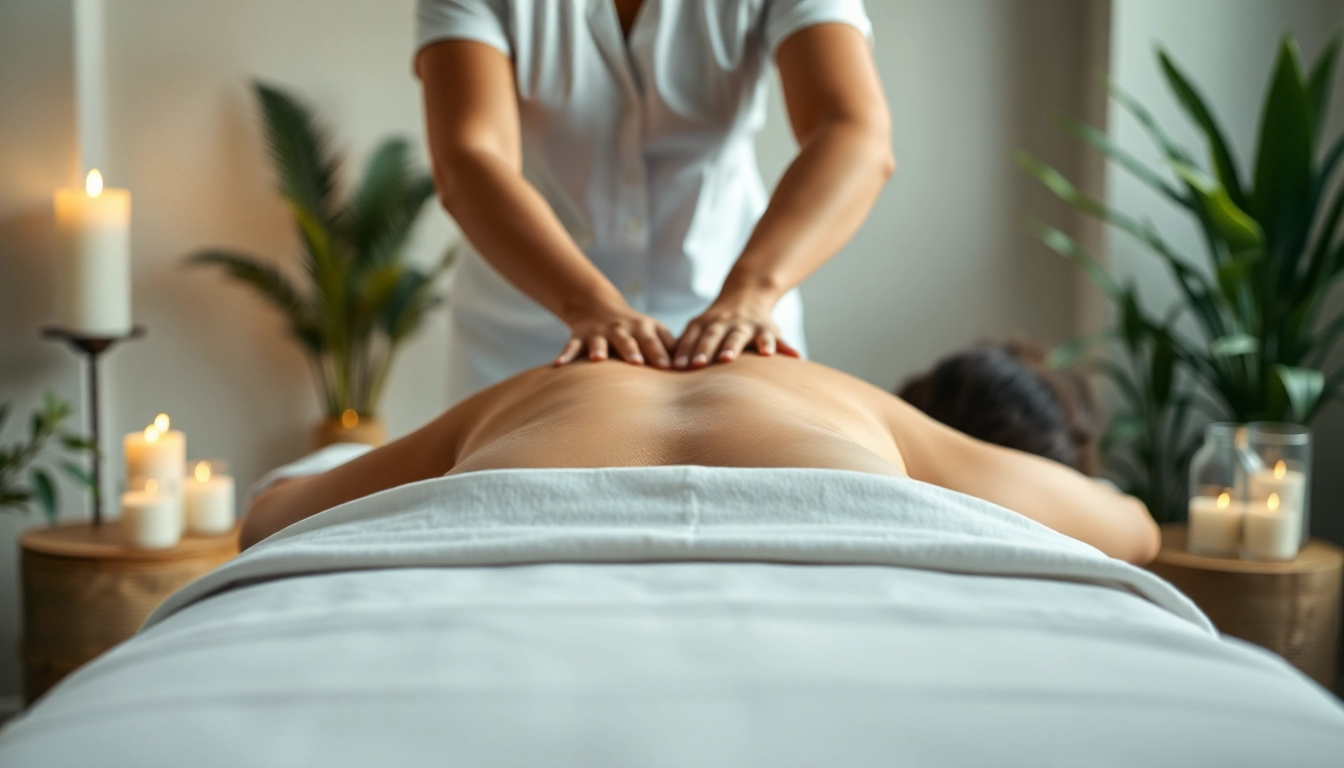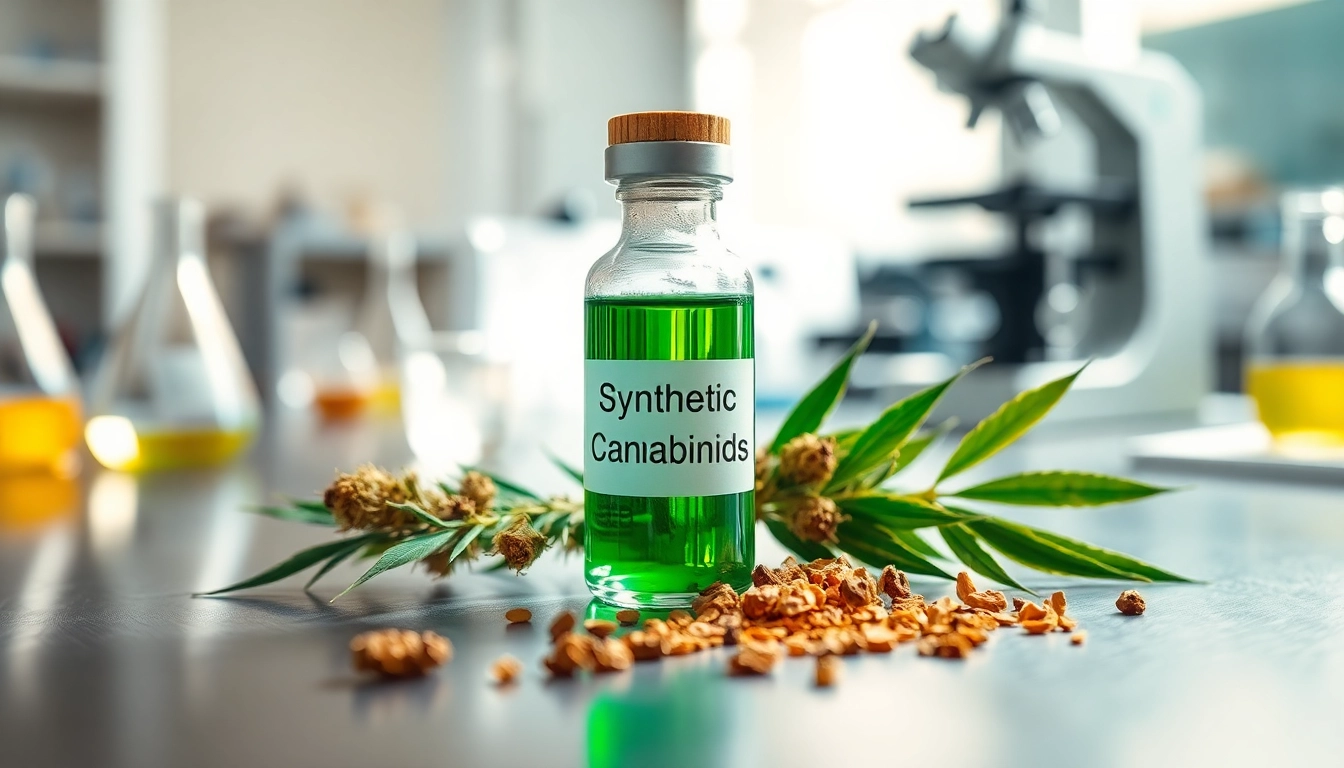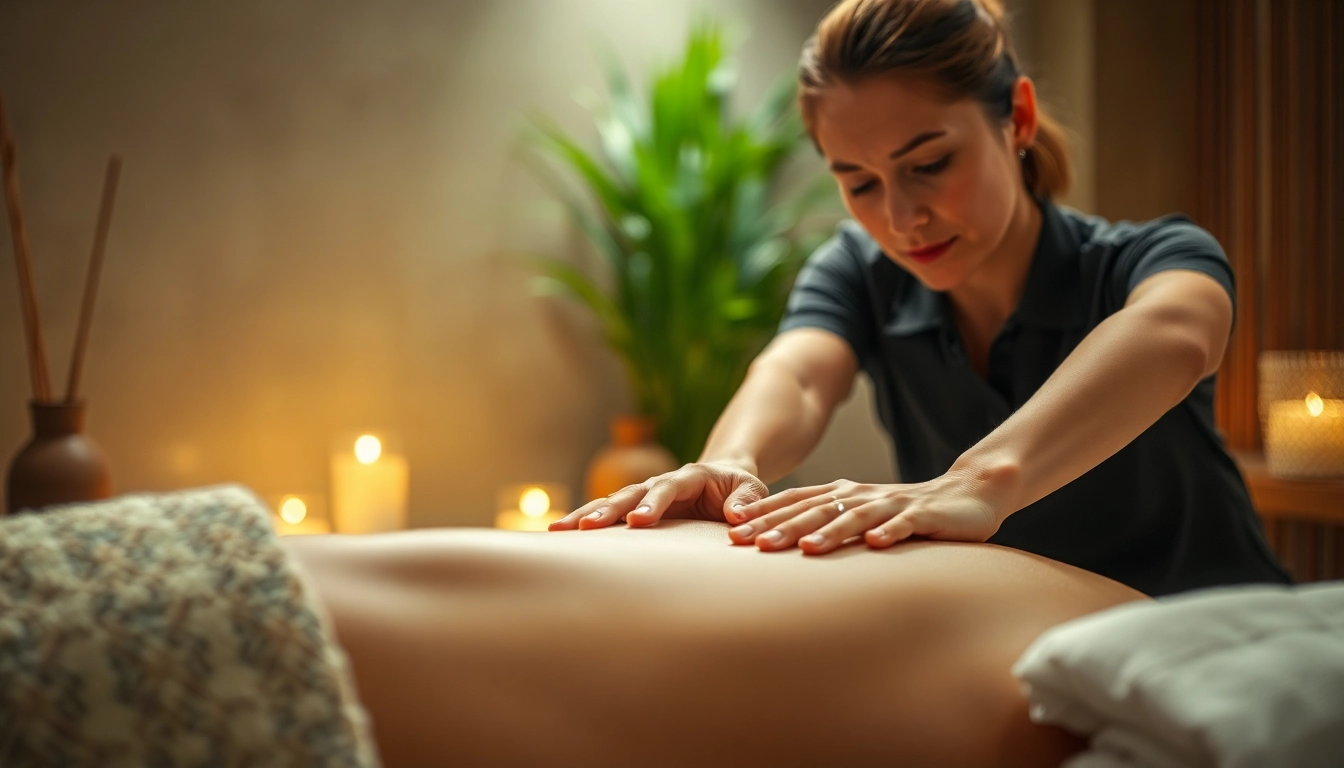What is Full body massage?
Definition and Overview
A Full body massage is a therapeutic technique performed to stimulate the body’s circulatory system and promote overall relaxation. It involves applying pressure to the muscles, soft tissues, and joints throughout the entire body, providing relief, relaxation, and wellbeing. The pressure can vary depending on the desired outcome, be it relaxation, relief from muscle tension, or rehabilitative purposes. The session typically includes work on the back, arms, legs, neck, and feet, encompassing nearly every part of the body.
Historical Context and Evolution
Massage has ancient roots, practiced in various cultures around the world for centuries. The first documented use of massage therapies dates back to 3000 BC in ancient Egypt, where wall paintings depicted individuals receiving massages. The Chinese, known for their advanced understanding of energy flow in the body, used techniques like acupressure, which overlaps with full body massage practices today. Throughout history, massage has transitioned from a luxury relegated to the elite to a common wellness practice embraced by many for its health benefits.
Common Techniques Used in Full body massage
Various techniques are employed during a full body massage, each tailored to the client’s needs and preferences. Some of the most common include:
- Swedish Massage: Known for its long, flowing strokes, this technique promotes relaxation and enhances blood circulation.
- Deep Tissue Massage: Focused on deeper layers of muscles and connective tissues, this technique alleviates chronic pain and muscle tension.
- Sports Massage: Geared towards athletes, this technique helps prevent injuries, prepare the body for sports, and aid recovery.
- Aromatherapy Massage: Integrating essential oils into the massage, this technique enhances relaxation and addresses specific health concerns.
Health Benefits of Full body massage
Physical Benefits: Pain Relief and Muscle Relaxation
One of the most significant advantages of a full body massage is its ability to provide immediate pain relief and muscle relaxation. Tight muscles can lead to discomfort and restrict movement. A skilled massage therapist uses different techniques to decompress tight areas, reducing pain resulting from overexertion, stress, or injury. Studies show that massage therapy can significantly reduce muscle tension and soreness, improving flexibility and range of motion.
Mental Benefits: Stress Relief and Relaxation
In our fast-paced lives, stress often takes a toll on mental health. A full body massage can be a sanctuary of calm amid chaos. The act of receiving a massage lowers cortisol levels— the hormone associated with stress— and increases serotonin and dopamine, which are critical for mood regulation. Many clients report feeling an enhanced sense of peace and tranquility post-massage, leading to better mental clarity and emotional stability.
Emotional Benefits: Enhancing Well-Being
Beyond physical relaxation, full body massage plays a crucial role in enhancing emotional well-being. The therapeutic touch provided during massage can foster a sense of connection and comfort. For many, it can improve self-esteem and body image, facilitating an emotional release. Studies also indicate that regular massage therapy can help manage anxiety and depression, making it not just a luxury but an essential component of holistic self-care.
Different Types of Full body massage
Swedish Massage Techniques
Swedish massage is likely the most recognized type of full body massage. With its focus on gentle to moderate pressure applied through long strokes, kneading, and circular movements, this technique effectively promotes overall relaxation and wellness. It is ideal for individuals who are new to massage or those seeking to de-stress. Swedish massage utilizes rhythmic motion to stimulate blood flow, providing a soothing experience that calms the nervous system.
Deep Tissue Techniques Explained
Deep tissue massage, as the name implies, targets deeper muscle layers and fascia in the body. It is particularly beneficial for individuals suffering from chronic pain or muscle tension. The therapist applies firm pressure with slower strokes, allowing for a more profound therapeutic experience. Common techniques used in deep tissue massage include friction, stretching, and kneading, which work to relieve knots and adhesions that may cause discomfort or restrict movement.
Aromatherapy and its Effects on Full body massage
Aromatherapy enhances the full body massage experience by incorporating essential oils into the therapy. Each oil possesses unique healing properties, influencing physical and emotional health. For instance, lavender promotes relaxation, while peppermint can invigorate and refresh the senses. When combined with massage techniques, the aromatic scents can help alleviate stress and enhance emotional healing, making it a favored option among many clients seeking holistic benefits.
Preparing for a Full body massage
What to Expect During Your First Session
For first-timers, entering a massage therapy space can be both exciting and a bit nerve-wracking. Initially, you will discuss your health history with the therapist, detailing any areas needing focus, injuries, or concerns. The therapist will guide you on what to expect during the session, helping you relax before the massage begins. The environment is typically tranquil, designed to calm the senses with soft lighting and soothing music, contributing to your relaxation during the session.
Tips for Maximum Relaxation
To ensure you derive the maximum benefit from your Full body massage, consider the following tips:
- Arrive Early: Take time to settle in and acclimate to the atmosphere.
- Communicate: Share any discomfort or areas requiring special attention with your therapist.
- Focus on Breathing: Practice deep, rhythmic breathing to enhance relaxation.
- Disconnect: Leave your phone and other distractions behind to be fully present in the moment.
Choosing the Right Spa or Therapist
Selecting the right spa or therapist is crucial in determining the quality of your massage experience. Here are a few considerations:
- Research: Look for spas with licensed and well-reviewed therapists.
- Specialties: Choose a therapist skilled in the specific type of massage you desire.
- Environment: Ensure that the spa provides a soothing atmosphere conducive to relaxation.
- Personal Connection: Trust your instincts about the therapist’s ability to meet your needs.
Post-Massage Care and Follow-Up
Importance of Hydration After Full body massage
Post-massage hydration is critical as massage releases toxins stored in the muscles into the bloodstream. Drinking water helps flush out these toxins and can prevent post-massage soreness. It’s advisable to hydrate before and after your session to promote efficient circulation and overall recovery. Nutrient-rich fluids, such as coconut water or herbal teas, can also support replenishment.
Signs of Post-Massage Soreness
It’s normal to feel some soreness after a full body massage, especially if you are not accustomed to regular massages. This reaction can be attributed to the manipulation of tense muscles which may cause temporary discomfort. Usually, this soreness resolves within a few days, but it’s vital to listen to your body. Should the soreness persist or worsen, consulting with a healthcare provider may be necessary.
When to Schedule Your Next Session
Regularity plays a vital role in maximizing the benefits of massage therapy. Depending on your personal wellness goals, a general recommendation is to schedule a massage every four to six weeks for maintenance. However, if dealing with chronic pain or preparing for an athletic event, more frequent sessions may be beneficial. Assess your body’s needs and consult with your therapist to create a personalized schedule that works best for you.



